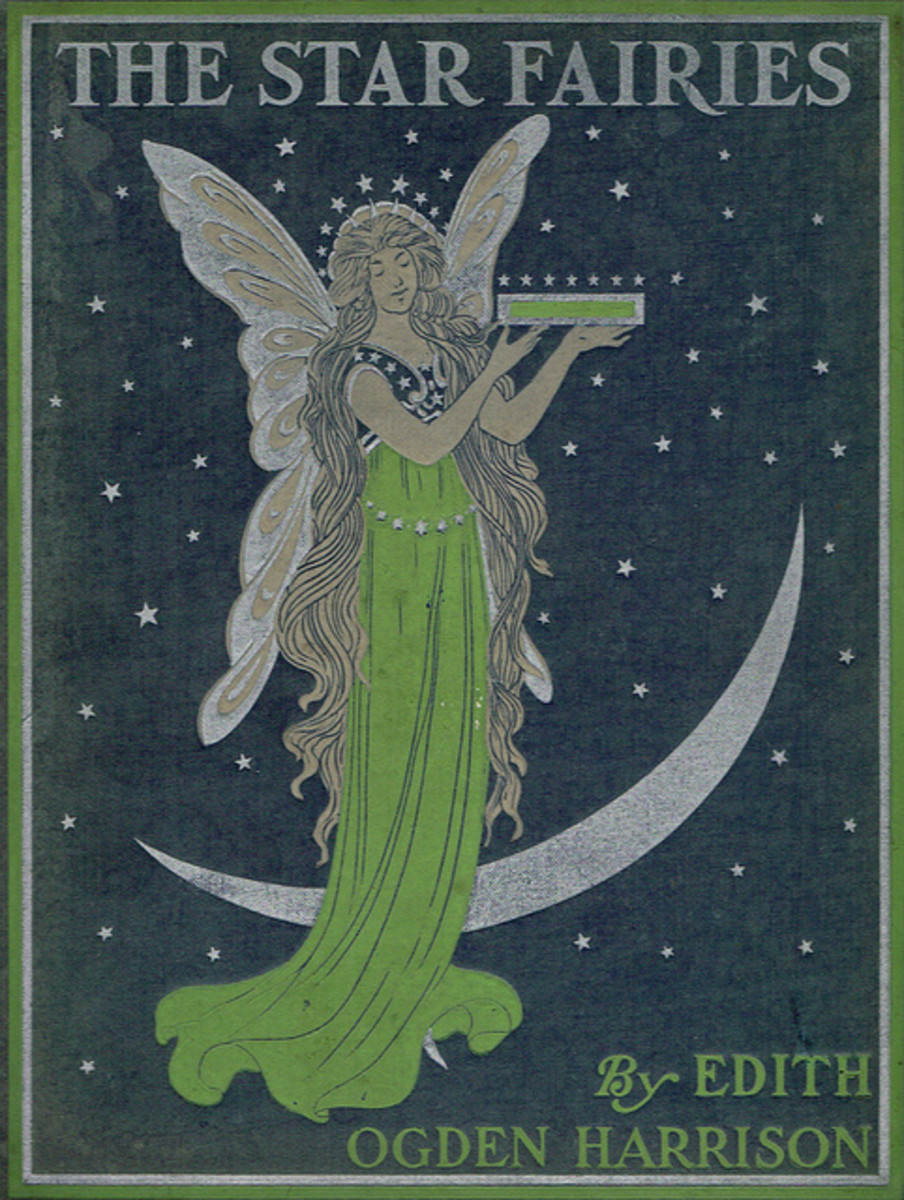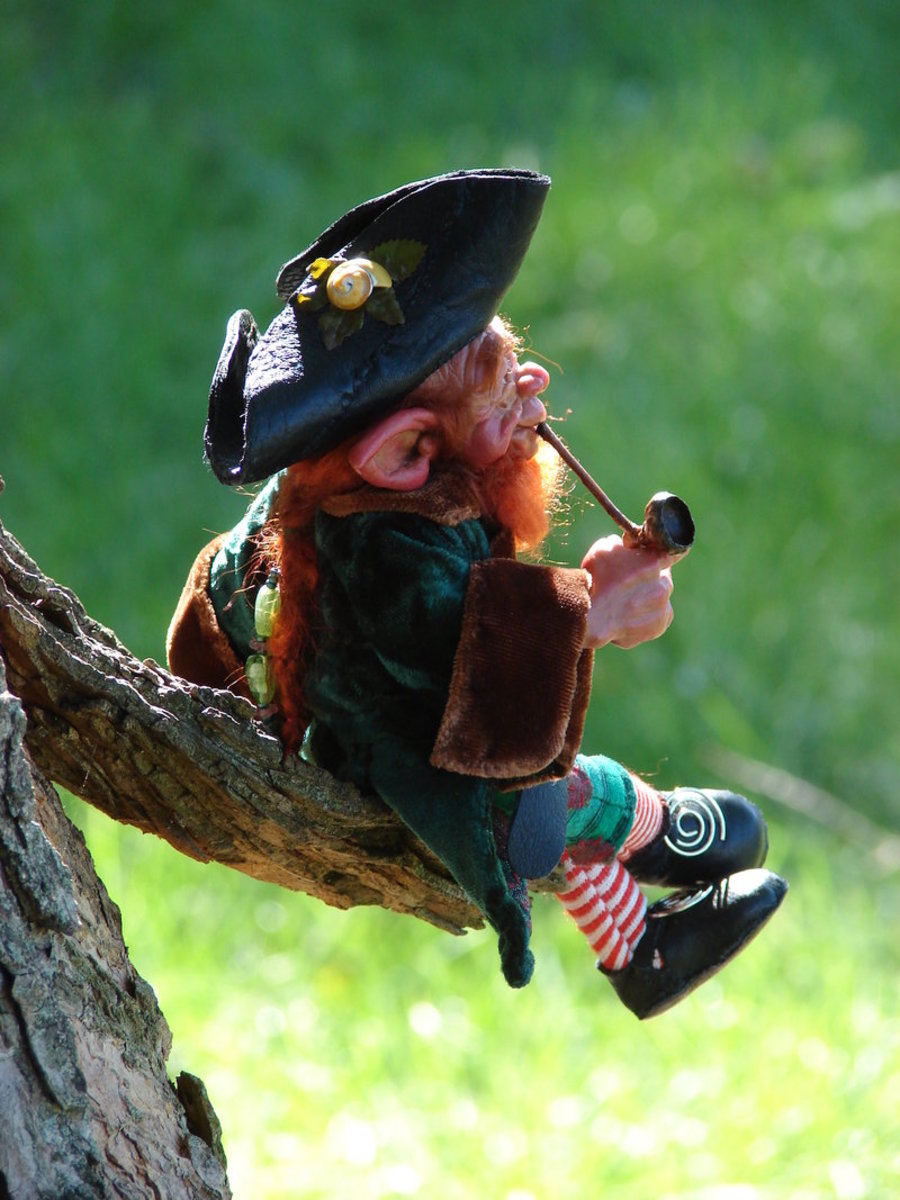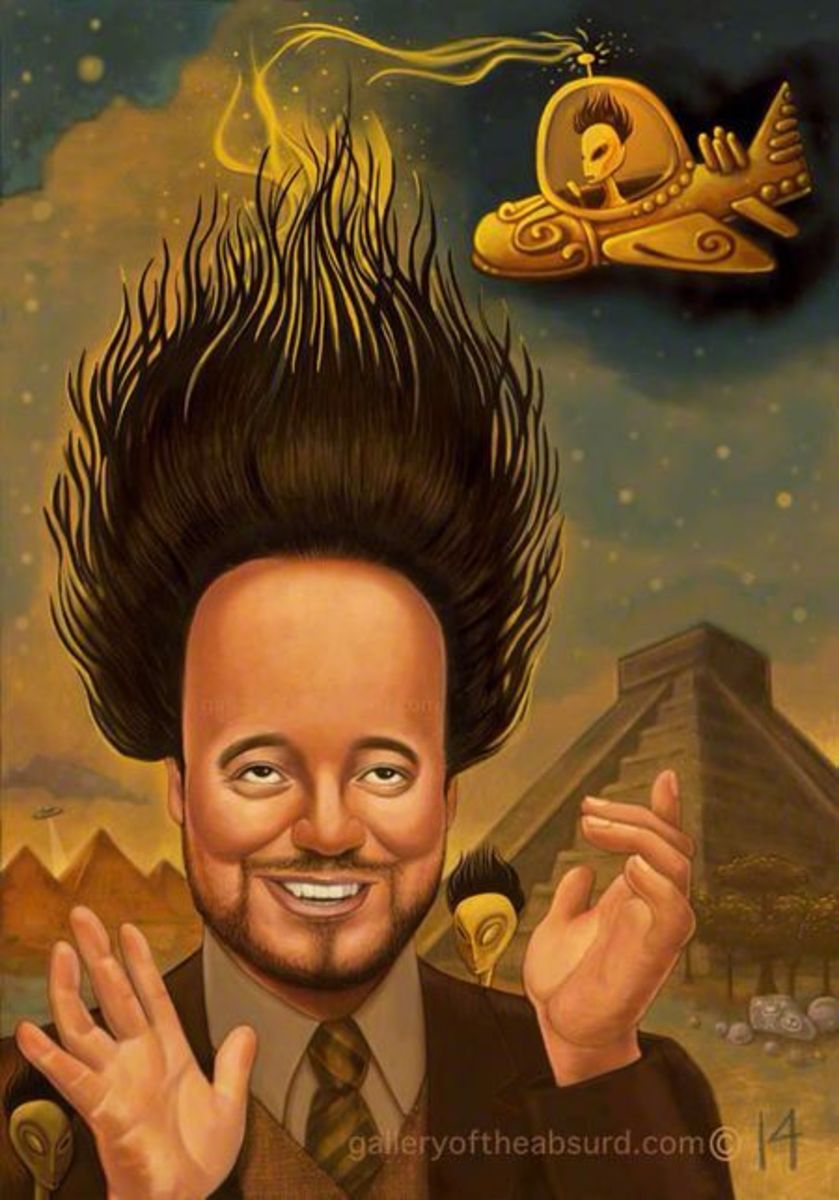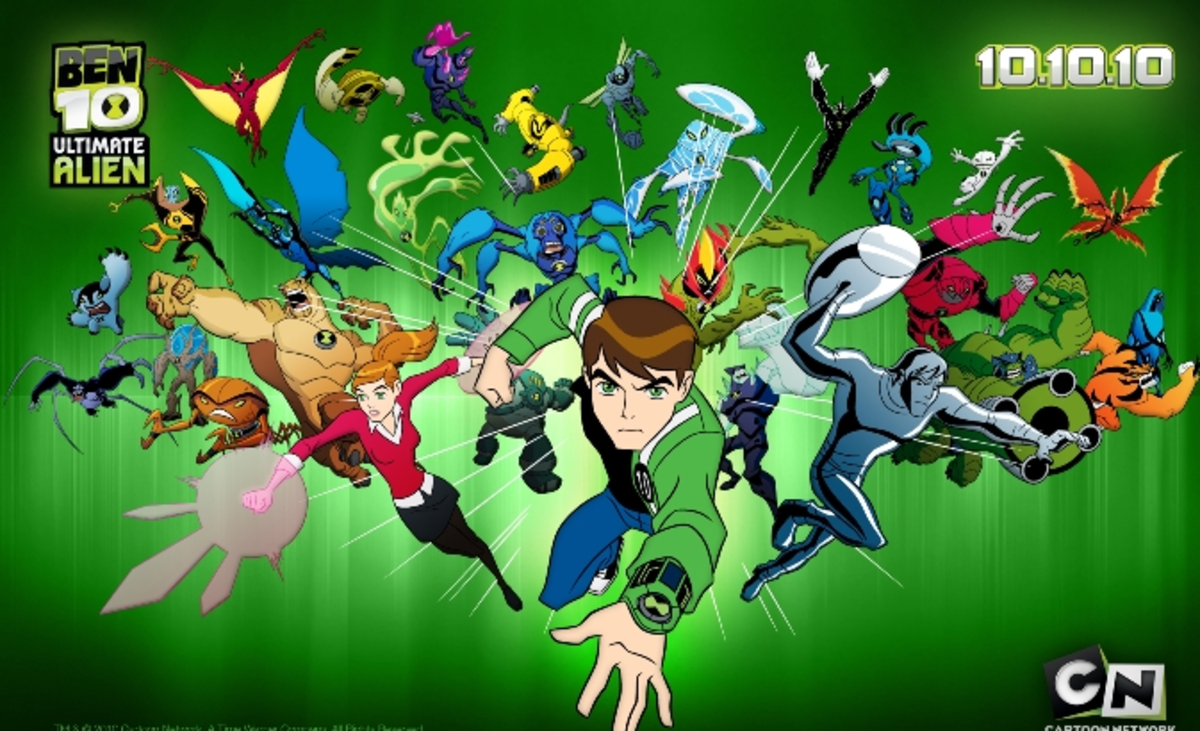Why Are Aliens Green?
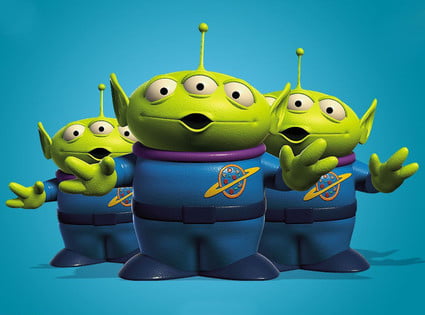
If I told you to think of an alien you would probably picture what has become the stereotypical appearance of a Martian: a little green man, almost childlike in size, with a small body, maybe an antenna on top of his head, and green skin. This has been the stereotype since the 1950s when the commotion over aliens grew popular. But the image didn’t start there.
The image of childlike creatures with green skin, also referenced as “greens” or “little green men,” goes back centuries, long before the idea of a flying saucer had ever been thought up. The term has been used in folklore to describe goblins and gremlins, leprechauns, and other supernatural creatures that have green skin and take on a humanoid appearance.
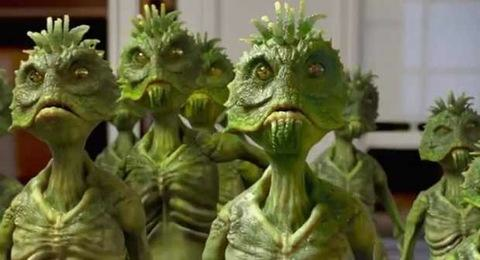
It is uncertain exactly how far back in time the idea of green, alien creatures originated, but in England there is reference to green children as far back as the 12th century in the legend of "The Green Children of Woolpit". The legend describes two children, a brother and a sister, both normal in appearance except for their green skin, who arrived unexpectedly in the village of Woolpit. The children spoke a strange, unknown language and would only eat beans. Eventually the children adapted to the English village and learned to eat other foods which helped them lose the green tinge in their skin. The brother, however, was sickly and soon died. The sister learned English and told the village that she and her brother had come from St. Martin’s Land, an underground world where the people were green.
The earliest published story on a green alien humanoid was published in 1899 in the Atlanta Constitution called The Green Boy from Harrah. In the story, a boy named Sandy is bored during a rainstorm when a green skinned boy falls from the sky and into Sandy’s bedroom. The boy tells Sandy that he is from Harrah and he takes Sandy back to his planet where Sandy witnesses pink grass and learns to read dinner and eat arithmetic before returning to earth. In 1912, Edgar Rice Burroughs published A Princess of Mars, a story about giant Martians, as tall as fifteen feet, with green skin. In 1910, one of the first alleged captures of an otherworldly being was reported in Puglia, Italy. Reports state that a little green man was captured from his crashed spaceship.
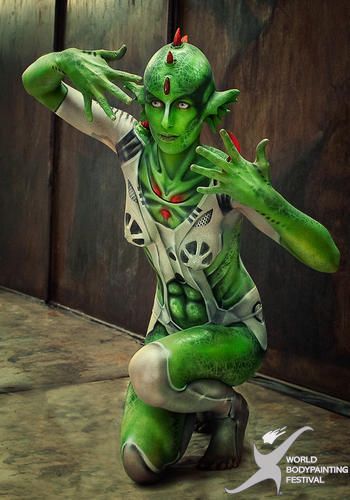
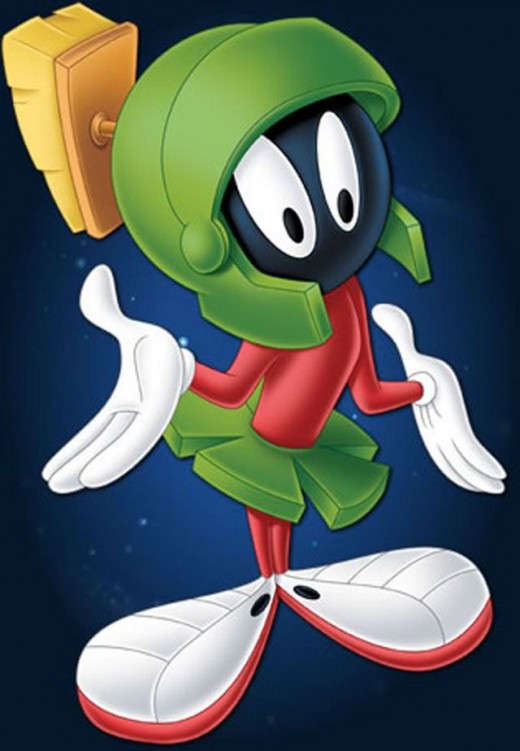
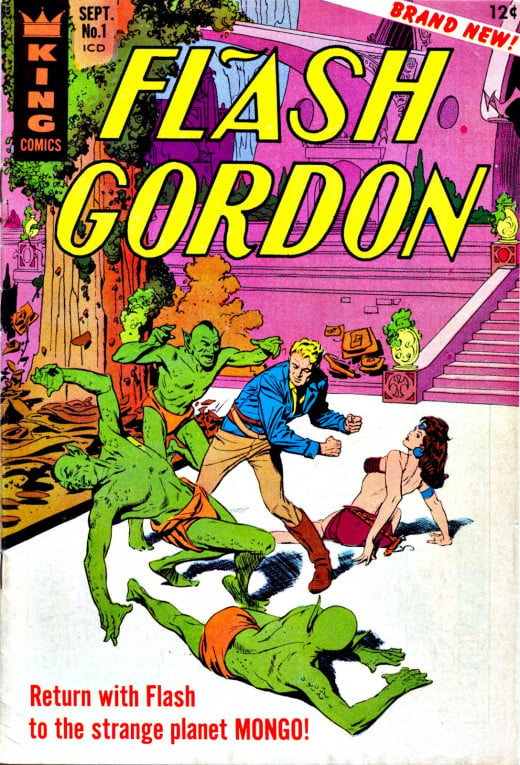
By the 1920s green aliens had become the stereotype. Comic books and science fiction pulp magazines regularly featured pictures of Buck Rogers and Flash Gordon battling against green extraterrestrial monsters. In 1948, Warner Bros released Marvin the Martian, a cute little alien with big eyes and a green uniform.
The real fascination with aliens began in the 1950s when stories of alien sightings and abductions began being published in newspapers. Perhaps the most influential case of this time was the Kelly-Hopkinsville encounter in 1955. This case was so significant because it involved dozens of eyewitnesses. Two families, present in the farmhouse where the occurrence happened, as well as several other people not connected with the families, including several local police officers and a state trooper, reported unexplained lights in the sky. The people inside the farmhouse report being terrorized by goblin like creatures. Three feet tall with pointed ears, long arms and claw like hands, the creatures popped up at windows and in the doorway but did not enter the house. The family fled the house for the police department and returned with twenty officers, yet the occurrences continued. The police saw the damage done to the property by the creatures, and reported strange lights and noises as well. Eyewitnesses report the creatures to be either silver in color or wearing metallic outfits. Though eyewitnesses did not describe green skin, many newspapers used the term “little green men” to write up the case.
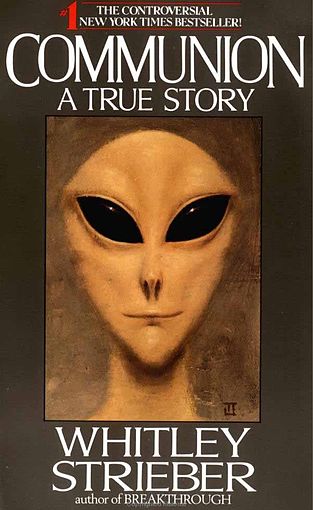
Throughout the years the stereotype of little green aliens has changed slightly as the term “greens” has changed to “greys.” Modern alien lore describes aliens as being grey-skinned humanoid beings with large heads and lacking external human features such as noses, ears or sex organs. They are usually portrayed as having longer bodies, smaller chests, and lacking muscle.
The first mention of grey aliens appeared in 1893 in H.G. Wells article “Man of the Year Million.” In 1965 Betty and Barney Hill reported being abducted by grey aliens, and brought the story to international attention. In 1987, Whitley Strieber published his book, Communion, where he organized a collection of his experiences with grey alien beings. His book became a New York Times best seller and New Line Cinema adapted it into a movie, starring Christopher Walken, in 1989. Throughout the 1990s, conspiracies and media encouraged the grey alien look until it replaced the little green men.
Whether or not aliens really do exist and whether they are green or grey, remains to be determined. But, for hundreds of years, urban legends of "little green men" have plagued literature, newspapers, and pop culture. It doesn't look like we will be left alone any time soon.
Green Aliens in Toy Story (1995)
© 2014 Sckylar Gibby-Brown

